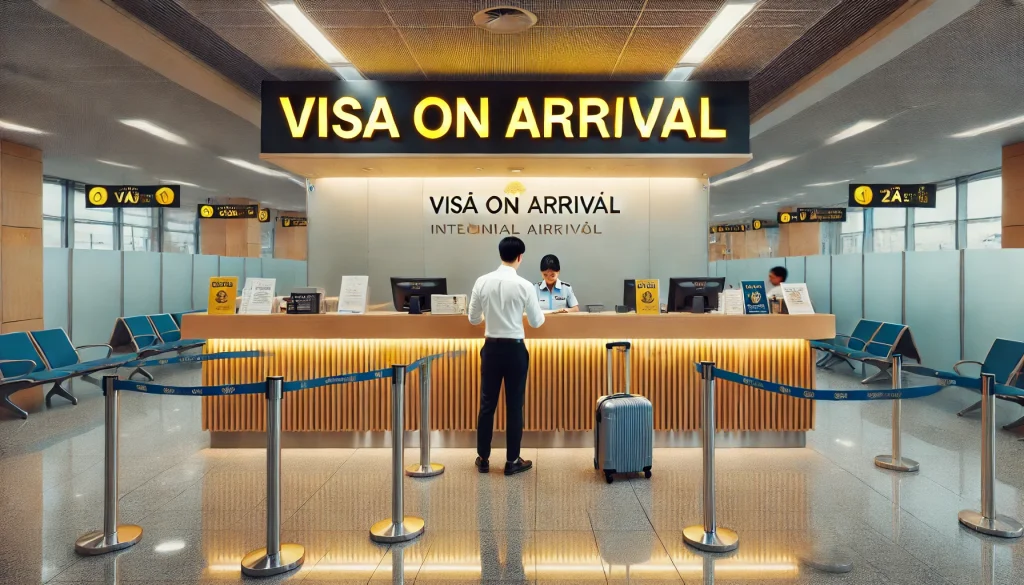
Vietnam, with its vibrant culture, breathtaking landscapes, and exquisite cuisine, attracts millions of visitors every year. July, in particular, is a prime time for travelers looking to experience the country’s stunning beaches, exotic fruits, and unique cultural events. However, before embarking on your journey, one crucial step needs to be taken care of—obtaining a visa. In this guide, we will walk you through everything you need to know about getting a visa to visit Vietnam in July, ensuring a hassle-free and enjoyable trip.
A visa is an essential requirement for most travelers entering Vietnam. The demand for visas increases during July as it marks the peak of the summer travel season. The warm and tropical climate makes it an excellent time to explore Vietnam’s pristine beaches, from Da Nang to Phu Quoc. Additionally, July is a prime month for fruit lovers, as the country’s tropical orchards are bursting with exotic delights such as mangoes, lychees, and durians. Moreover, several cultural festivals take place during this month, making it a fantastic period to experience Vietnam’s traditions firsthand.

Travelers have two main visa options when visiting Vietnam: the E-visa and the Visa on Arrival. Understanding their differences can help you choose the most suitable option for your trip.
E-Visa: The Convenient Online Option
The E-visa is an electronic visa that allows travelers to apply entirely online. It is available to citizens of all nationalities and is valid for a maximum of 90 days with either single or multiple entries. The application process is straightforward—simply submit your information online, upload a scanned passport and a digital photo, and receive your visa via email once approved. An E-visa grants entry through airports, land borders, and seaports, making it a flexible option for travelers.
Visa on Arrival: The Airport Solution
For air travelers who prefer to obtain their visa upon landing, the Visa on Arrival is another viable choice. This type of visa typically allows for a 15 to 30-day stay with a single entry. However, before boarding your flight, you must obtain an approval letter online. Upon arrival at a Vietnamese airport, you can present this letter, pay the visa fee, and receive your entry stamp. This option is also open to all nationalities.
E-Visa vs. Visa on Arrival: Which One Should You Choose?
While both visa options provide access to Vietnam, the E-visa is often more convenient due to its entirely online process and multiple entry options. However, travelers who may need a visa extension or prefer handling documents at the airport may opt for the Visa on Arrival instead.
Applying for an E-visa is a simple process. Follow these steps to ensure a smooth application:
For travelers visiting in July, it is advisable to apply early due to the increased number of tourists.

If you choose the Visa on Arrival option, follow these steps to ensure a seamless experience:
Planning ahead will save you time and prevent delays, especially during the busy July travel season.

July is an exciting time to visit Vietnam due to various cultural events that attract both locals and tourists.
With these events in mind, travelers should plan their visa applications well in advance to secure entry into Vietnam during this bustling period.
Securing your visa to visit Vietnam in July is a straightforward process when planned in advance. Whether you opt for the hassle-free E-visa or the Visa on Arrival, both options allow you to enjoy Vietnam’s stunning beaches, rich cultural experiences, and mouthwatering seasonal fruits. Ensure you apply early to avoid last-minute stress and make the most of your July adventure in Vietnam!

